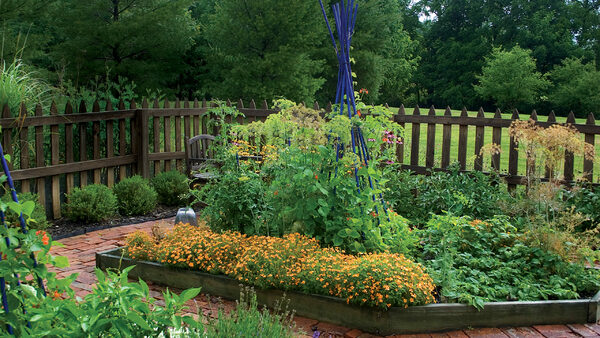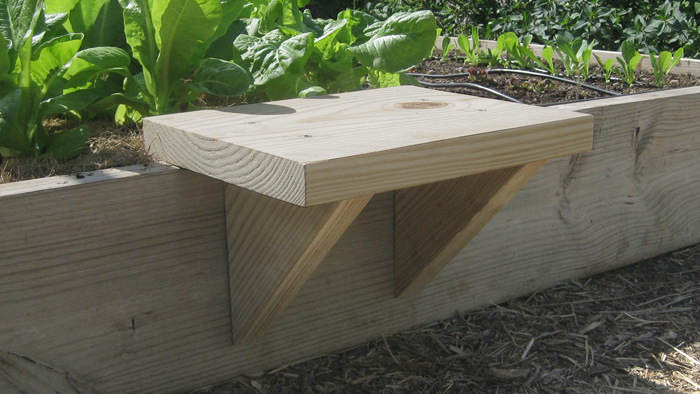
Back in October 2009 I wrote a post on a way to protect the veggies you had in raised beds (here’s the link). What started as an experiment was successful enough to implement on half of my raised beds. To paraphrase myself, “The idea is simple. If pests can’t reach the leaves of your plants, they can’t inflict damage to them or encourage disease. This is beyond organic pest control, as no chemicals or sprays are used at all.”
The following can serve as a step-by-step how-to on applying (I mean re-applying) the fabric, but for proper instructions and supplies needed, refer to the original article.

1. First I removed the old fabric. On all of the pest cover frames that served their duty in the Spring, the fabric was damaged by wear and tear, weather, and a critter of some kind that had trampled or gotten caught in it. I also removed much of the old stapes from the wood. They were just sticking in the wood and in the way.

2. The fabric for the first two beds was already purchased. Rather than the white lace/screen door type fabric I used in the Spring, I decided to use a black screen fabric. It looked similar to the white lace, but had slightly wider square openings (about an eighth of an inch). For the third bed, I’m going with the old bed sheet again, only this time it’s not white, but a faded leaf green color. The color wasn’t really important, but the thickness of the fabric was. I will be planting lettuce in this bed, so the fabric is doing double duty–keeping pests out and limiting the amount of sunlight that gets through. The lettuce will benefit from the slightly shaded environment.

3. Applying the new fabric was fairly straightforward. Using my trusty and powerful electric staple gun, I first anchored the fabric going over the top and sides of the wood frame. BTW, that reminds me of a tip/suggestion the helpful lady at the fabric store gave me. Rather than cutting out separate pieces for the top AND sides of the frame, have them cut you a piece that’s long enough to cover both the top and sides. Makes sense to me, and saves both of us some cutting time. Trim off the excess fabric, but leave 2-4 inches of overlap. You’ll be very glad you did if there is a tear near or at the wood frame edge.

4. After the top and sides are stapled on, you then staple on the other two sides that couldn’t be covered by the first long piece. Same drill, pull it tight, staple away, and trim the excess.

5. Finally, fold over and staple together the fabric that meets at the four corners of the wood frame. With this, the pest cover is completely sealed off and ready for service.
|
|
 |
Looking back at the first pest cover article, I failed to mention a really cool advantage of using the lace/screen type fabric… you can spray water through it!! Yep, my friends it’s true–no need to lift the pest cover up every time you need to water. Just aim your hose nozzle as though nothing was there and off you go.




















Comments
Log in or create an account to post a comment.
Sign up Log in